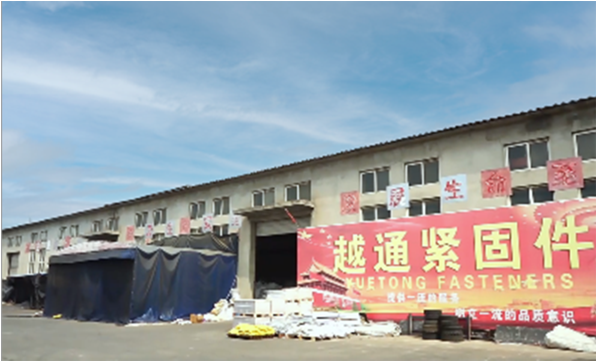Déc . 05, 2024 16:26 Back to list
m16 threaded bar
Understanding M16 Threaded Bars Applications and Importance
M16 threaded bars are a crucial component in various construction and engineering applications. These bars are commonly used as anchoring systems, tie rods, and connecting components in structural assembly. Understanding their specifications, uses, and installation processes can significantly enhance their effectiveness and reliability in numerous projects.
What is an M16 Threaded Bar?
An M16 threaded bar refers to a steel rod with a diameter of 16 mm, characterized by a specific threading pattern according to the metric system. The M designation indicates that the thread is metric, and the 16 denotes the nominal diameter in millimeters. These bars are often referred to as threaded rods.
Threaded bars are manufactured from various materials, including stainless steel, carbon steel, and alloy steel, making them adaptable to different environments, including those exposed to moisture or corrosive elements. The choice of material significantly affects the bar's strength and durability, which must be considered when selecting the appropriate type for a specific application.
Applications of M16 Threaded Bars
M16 threaded bars find application in numerous sectors, primarily in construction, manufacturing, and mechanical engineering. Here are several key areas where they are commonly used
1. Construction Anchoring Threaded bars are widely used for anchoring structural elements to concrete and masonry. They provide a strong connection between various components, ensuring stability and reliability in building structures such as bridges, towers, and residential buildings.
2. Tie Rods in Structural Frames In structural engineering, M16 threaded bars are often employed as tie rods. They help maintain the structural integrity of a system by resisting tensile forces, which is particularly vital in buildings exposed to external stresses such as wind or seismic activity.
3. Mechanical Assemblies In machinery and equipment assembly, M16 threaded rods can serve as connecting elements that hold two or more components together. Their versatility allows for the adjustment and tightening of connections, which is essential for maintaining precise alignments and operational efficiency.
4. Scaffolding In the construction industry, threaded bars also play a significant role in scaffolding systems. They are used to create connections between scaffolding components, providing critical support for construction workers on elevated platforms.
m16 threaded bar

5. Furniture Manufacturing An often-overlooked use of M16 threaded bars is in furniture manufacturing. They can be employed in modular furniture systems to connect different parts securely. This capability allows for ease of assembly and disassembly, offering flexibility in design and functionality.
Installation Process
Installing M16 threaded bars requires careful planning and execution to ensure that they perform optimally. Below are general steps to follow during installation
1. Preparation Before installation, ensure that the surfaces where the threaded bars will be anchored are clean, dry, and free of any debris. This step is essential for achieving a secure connection.
2. Drilling Drill holes into the concrete or masonry structure using an appropriate drill bit that matches the diameter required for the M16 bar. The depth of the hole should be sufficient to accommodate the length of the threaded bar.
3. Inserting the Bar Place the M16 threaded bar into the drilled hole. If using an expansion anchor, ensure that it is properly engaged, so it expands against the walls of the hole.
4. Securing Tighten the bar using a ratchet or wrench. Be cautious not to overtighten as this can lead to stripping the threads or damaging the material being fastened.
5. Final Adjustments After securing, check the alignment and make necessary adjustments to ensure that everything is properly aligned.
Conclusion
M16 threaded bars are an indispensable component in various applications spanning construction and manufacturing. By understanding their specifications, uses, and proper installation techniques, engineers and contractors can enhance the safety and reliability of their projects. As technology evolves, so does the manufacturing of threaded bars, promising new advancements that will continue to improve their performance and applicability in the future.
-
The Ubiquitous Reach of DIN934 in Application Realms
NewsMay.16,2025
-
Exploring Different Bolt Types
NewsMay.16,2025
-
Cracking the Code of Sleeve Anchor Mastery
NewsMay.16,2025
-
Clamp Design Principles,Types and Innovations
NewsMay.16,2025
-
Artistry Inspired by the Humble Anchor Bolt
NewsMay.16,2025
-
A Deep Dive into Screw Types
NewsMay.16,2025


